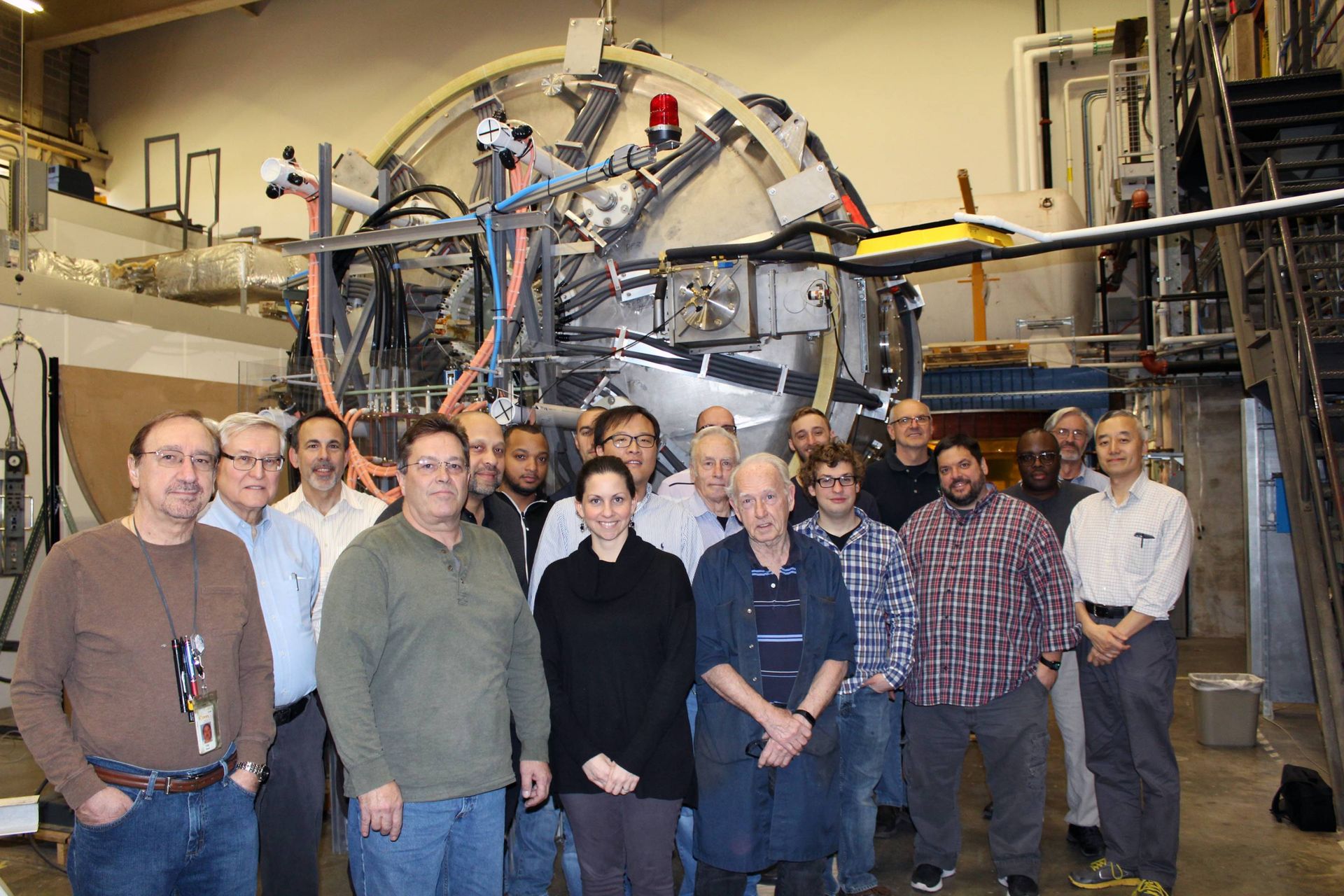In the quest to understand how cosmic forces shape our world, scientists now have a powerful new ally: the Facility for Laboratory Reconnection Experiments (FLARE) at Princeton Plasma Physics Laboratory at Princeton University.
This innovative, SUV-sized device is designed to shed light on magnetic reconnection, a process that unleashes dramatic energy bursts across the universe and has tangible impacts right here on Earth.
Unmatched Experimental Power
FLARE’s capabilities are nothing short of extraordinary. It can concentrate and discharge over 6 million joules of energy in a single pulse, enough to sustain 1,000 homes for several seconds.
This capacity creates the extreme conditions needed to study magnetic reconnection, where magnetic field lines abruptly break and rejoin, releasing huge amounts of energy. Such events are responsible for triggering solar flares, disrupting satellites, threatening power grids, and even destabilizing plasma in fusion reactors.

Some members of the FLARE team. Front row from left: Guy Rossi, Kris Gilton, Lauren Callahan, Bill Dix. Second row from left: Tom Kozub, Ted Lewis, Jongsoo Yoo, Bob Cutler, Jonathan Jara-Almonte, Jim Kukon, Darryl Johnson, Hantao Ji. Third row from left: Mike Kalish, Julio Lopez, Matt Komor, Frank Hoffman, Aaron Goodman, Peter Sloboda, Geoff Gettlefinger.
Photo by Larry Bernard, Princeton Plasma Physics Laboratory
The Importance of Magnetic Reconnection
Despite its significance, magnetic reconnection remains only partially understood. It plays a pivotal role in solar eruptions that send energetic particles toward Earth, posing risks to our infrastructure.
In fusion research, reconnection events can halt the reactions necessary for sustainable energy. Gaining insight into these mechanisms is crucial for both protecting technology and advancing the development of clean fusion energy solutions.
FLARE’s Groundbreaking Mission
Traditional studies have observed reconnection at isolated points, known as X points, but FLARE is engineered to explore whether this phenomenon can occur at multiple locations simultaneously, a scenario likely in vast astrophysical settings.
This multipoint approach addresses limitations of previous experiments, remote spacecraft observations, and computer simulations, all of which have struggled to capture the full complexity of reconnection events.
- Direct Insights: FLARE offers real-time, hands-on probing of plasma dynamics, surpassing what spacecraft and computer models can achieve.
- Experimental Precision: By grounding its findings in physical experiments, FLARE captures intricate details that simulations may overlook.
- Global Collaboration: As a collaborative facility, FLARE invites researchers from around the world to design and run experiments, fostering long-term partnerships and driving innovation.
Engineering Excellence
The device’s design is as sophisticated as its scientific objective. FLARE’s powerful magnets compress plasma particles to create small, controllable reconnection sites that mimic those seen in space. This is similar to studying flight dynamics in a wind tunnel rather than risking a full-scale plane, allowing for precise and repeatable experimentation in a laboratory setting.
Advancing Science Worldwide
FLARE’s introduction signals a new era for plasma physics and related fields. Its collaborative model and advanced diagnostics promise to accelerate discoveries in astrophysics and fusion energy, while enabling scientists to develop innovative tools and techniques. By making customizable experiments accessible, FLARE empowers researchers to tackle questions previously out of reach.
Paving the Way for Future Discoveries
The ultimate goal of FLARE is to demystify how magnetic reconnection works across multiple sites and to measure the energy transferred to plasma during these events. Achieving this could lead to better forecasting of space weather, enhanced protection for technology, and more robust fusion energy systems. As highlighted by PPPL leadership, FLARE represents a major leap forward, equipping the global scientific community with a unique platform for groundbreaking research.
“Labs like PPPL can take big risks to build infrastructure that answers big questions, FLARE is a perfect example." Jean Paul Allain, the DOE’s associate director for Fusion Energy Sciences, stressed about the unique capabilities and contributions of national laboratories.
Charting New Territory in Plasma Research
With FLARE, scientists are poised to bridge the gap between theoretical models, simulations, and real-world data. This facility not only advances our understanding of universal physics but also strengthens the foundation for future energy solutions and technological resilience.
About Princeton Plasma Physics Laboratory
The Princeton Plasma Physics Laboratory (PPPL) is a leading national laboratory for plasma physics and nuclear fusion science, managed by Princeton University for the U.S. Department of Energy. Established in 1961, it evolved from the top-secret "Project Matterhorn" which focused on controlled thermonuclear reactions.
PPPL's primary mission is to develop scientific knowledge and advanced engineering to enable fusion as a sustainable energy source. This involves understanding and harnessing plasma, often referred to as the fourth state of matter, which makes up 99% of the visible universe. Their research encompasses various aspects of fusion energy, including the advancement of spherical tokamaks and contributions to international projects like ITER.
Beyond fusion, PPPL also conducts research in areas such as nanoscale fabrication, sustainable manufacturing, microelectronics, quantum materials and devices, and astrophysical plasmas. They aim to translate their fundamental understanding of plasma into innovative technologies for a wide range of applications, from advanced computer chips to space propulsion.
The laboratory is known for its world-class facilities and collaborative approach, inviting researchers globally to participate in experiments and drive innovation in plasma science and related fields.
Source: Princeton Plasma Physics Laboratory, Princeton University

FLARE: Unlocking the Mysteries of Magnetic Reconnection at PPPL